Contents
2.pdf
1 Introduction
1.1 Welcome to ggplot2
1.2 Other resources
1.3 What is the grammar of graphics?
1.4 How does ggplot2 fit in with other R graphics?
1.5 About this book
1.6 Installation
1.7 Acknowledgements
3.pdf
2 Getting started with qplot
2.1 Introduction
2.2 Datasets
2.3 Basic use
2.4 Colour, size, shape and other aesthetic attributes
2.5 Plot geoms
2.5.1 Adding a smoother to a plot
2.5.2 Boxplots and jittered points
2.5.3 Histogram and density plots
2.5.4 Bar charts
2.5.5 Time series with line and path plots
2.6 Faceting
2.7 Other options
2.8 Differences from plot
4.pdf
3 Mastering the grammar
3.1 Introduction
3.2 Fuel economy data
3.3 Building a scatterplot
3.4 A more complex plot
3.5 Components of the layered grammar
3.5.1 Layers
3.5.2 Scales
3.5.3 Coordinate system
3.5.4 Faceting
3.6 Data structures
5.pdf
4 Build a plot layer by layer
4.1 Introduction
4.2 Creating a plot
4.3 Layers
4.4 Data
4.5 Aesthetic mappings
4.5.1 Plots and layers
4.5.2 Setting vs. mapping
4.5.3 Grouping
4.5.4 Matching aesthetics to graphic objects
4.6 Geoms
4.7 Stat
4.8 Position adjustments
4.9 Pulling it all together
4.9.1 Combining geoms and stats
4.9.2 Displaying precomputed statistics
4.9.3 Varying aesthetics and data
6.pdf
5 Toolbox
5.1 Introduction
5.2 Overall layering strategy
5.3 Basic plot types
5.4 Displaying distributions
5.5 Dealing with overplotting
5.6 Surface plots
5.7 Drawing maps
5.8 Revealing uncertainty
5.9 Statistical summaries
5.9.1 Individual summary functions
5.9.2 Single summary function
5.10 Annotating a plot
5.11 Weighted data
7.pdf
6 Scales, axes and legends
6.1 Introduction
6.2 How scales work
6.3 Usage
6.4 Scale details
6.4.1 Common arguments
6.4.2 Position scales
6.4.3 Colour
6.4.4 The manual discrete scale
6.4.5 The identity scale
6.5 Legends and axes
6.6 More resources
8.pdf
7 Positioning
7.1 Introduction
7.2 Faceting
7.2.1 Facet grid
7.2.2 Facet wrap
7.2.3 Controlling scales
7.2.4 Missing faceting variables
7.2.5 Grouping vs. faceting
7.2.6 Dodging vs. faceting
7.2.7 Continuous variables
7.3 Coordinate systems
7.3.1 Transformation
7.3.2 Statistics
7.3.3 Cartesian coordinate systems
7.3.4 Non-Cartesian coordinate systems
9.pdf
8 Polishing your plots for publication
8.1 Themes
8.1.1 Built-in themes
8.1.2 Theme elements and element functions
8.2 Customising scales and geoms
8.2.1 Scales
8.2.2 Geoms and stats
8.3 Saving your output
8.4 Multiple plots on the same page
8.4.1 Subplots
8.4.2 Rectangular grids
10.pdf
9 Manipulating data
9.1 An introduction to plyr
9.1.1 Fitting multiple models
9.2 Converting data from wide to long
9.2.1 Multiple time series
9.2.2 Parallel coordinates plot
9.3 !ggplot()! methods
9.3.1 Linear models
9.3.2 Writing your own
11.pdf
10 Reducing duplication
10.1 Introduction
10.2 Iteration
10.3 Plot templates
10.4 Plot functions
12.pdf
Appendices
A Translating between different syntaxes
A.1 Introduction
A.2 Translating between qplot and ggplot
A.2.1 Aesthetics
A.2.2 Layers
A.2.3 Scales and axes
A.2.4 Plot options
A.3 Base graphics
A.3.1 High-level plotting commands
A.3.2 Low-level drawing
A.3.3 Legends, axes and grid lines
A.3.4 Colour palettes
A.3.5 Graphical parameters
A.4 Lattice graphics
A.5 GPL
B Aesthetic specifications
B.1 Colour
B.2 Line type
B.3 Shape
B.4 Size
B.5 Justification
C Manipulating plot rendering with !grid!
C.1 Introduction
C.2 Plot viewports
C.3 Plot grobs
C.4 Saving your work
References
Index
Code index
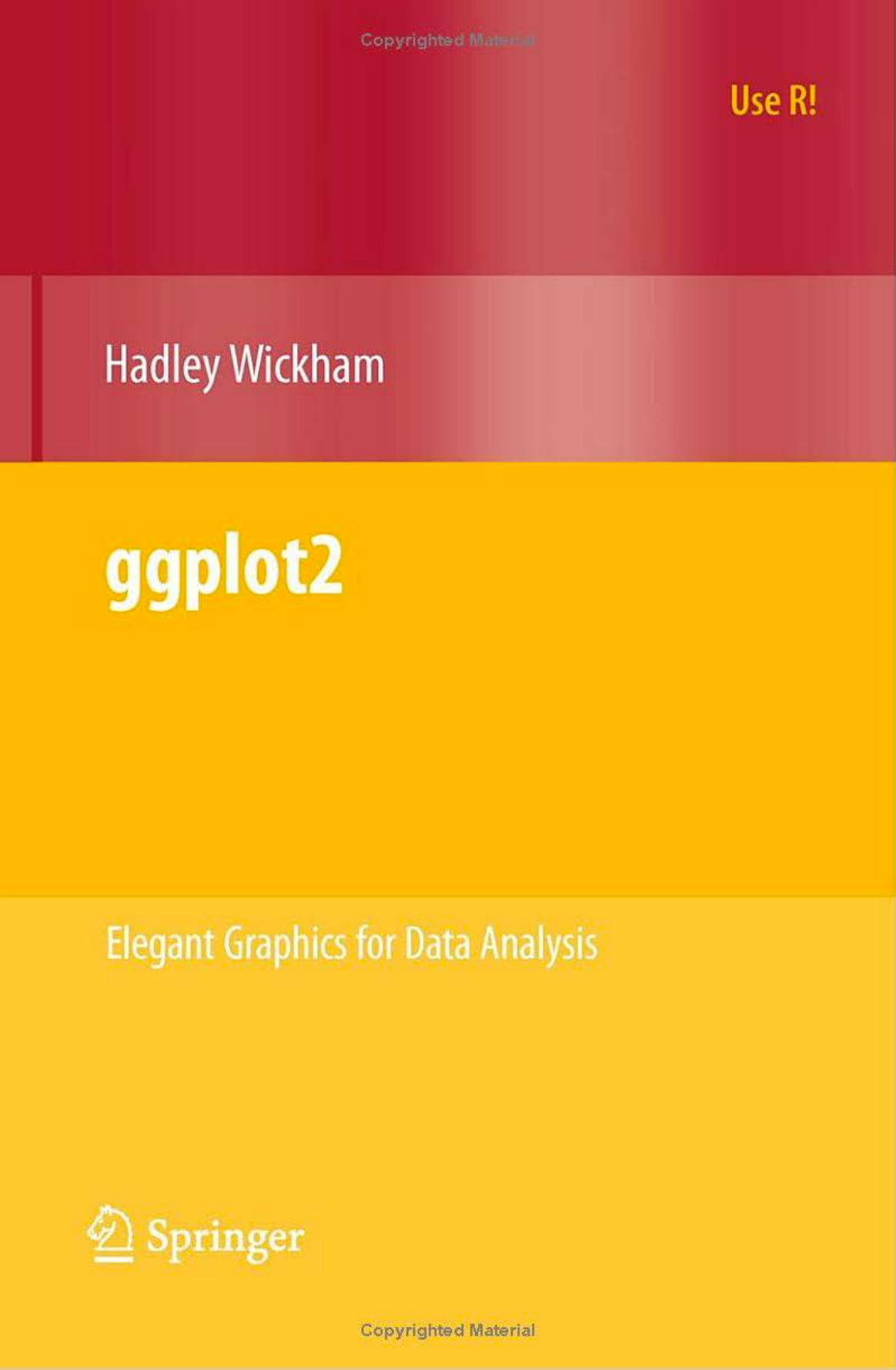
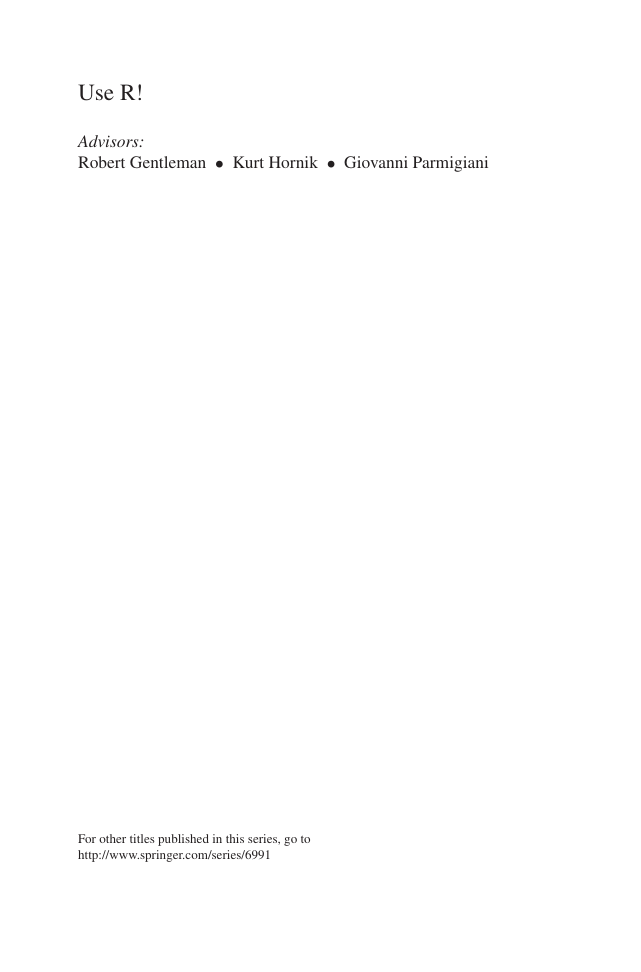
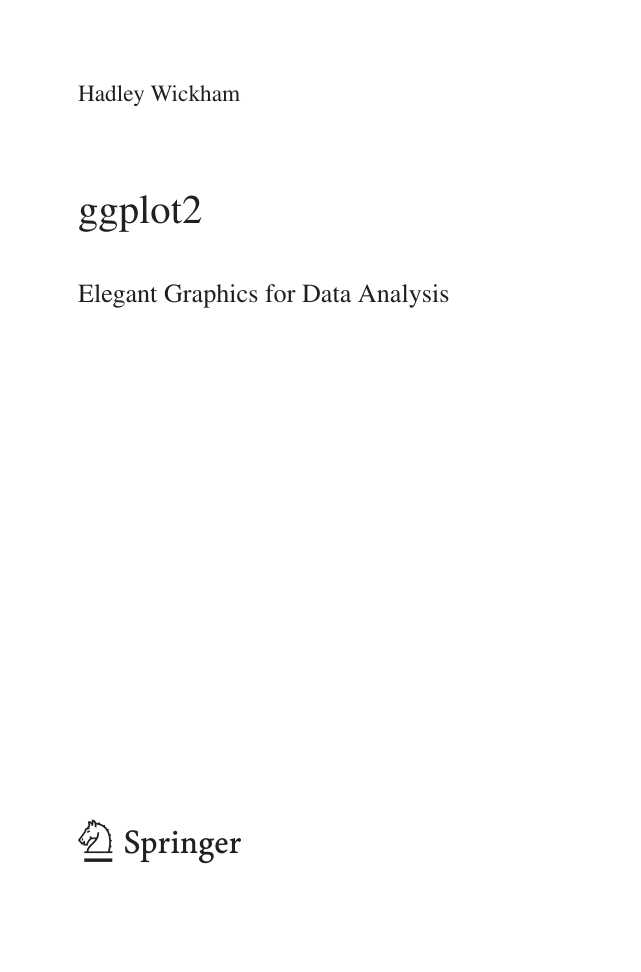

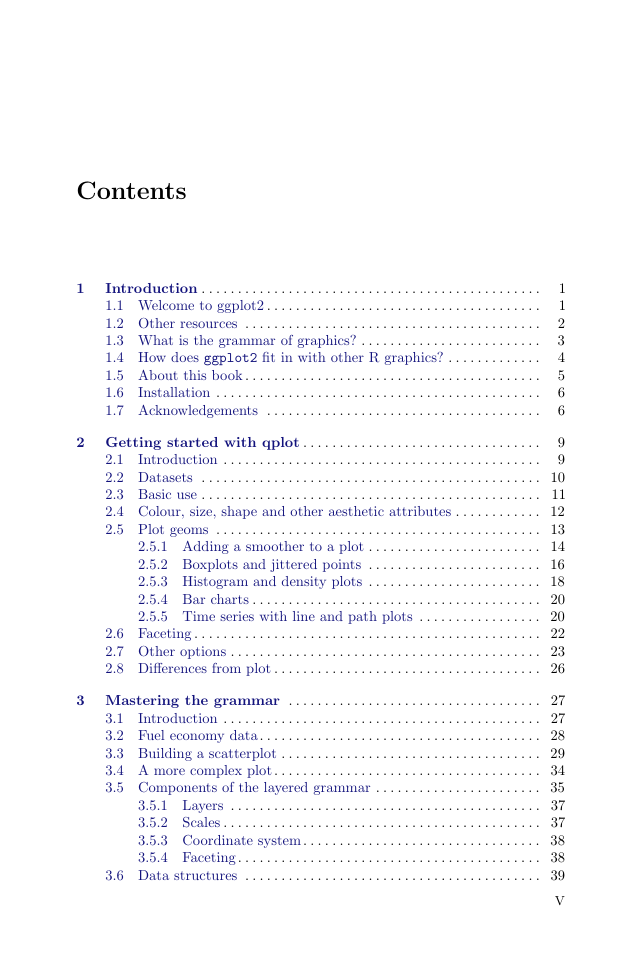
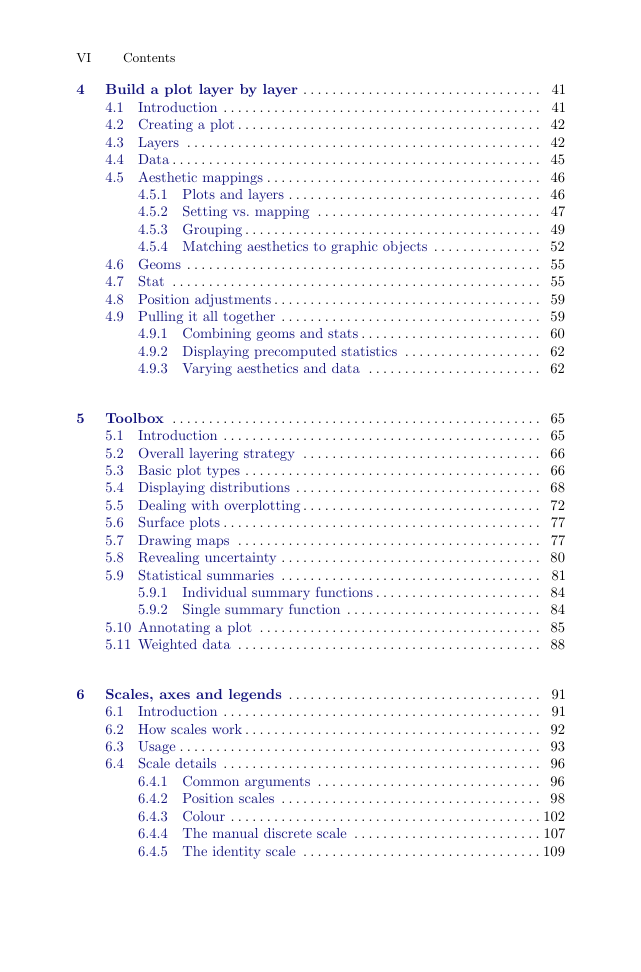

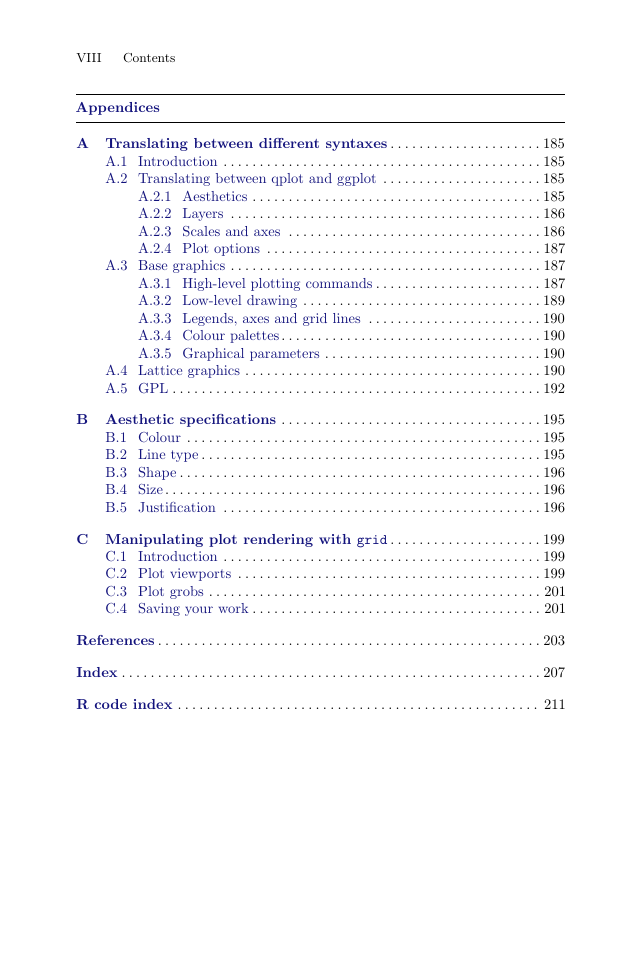








 2023年江西萍乡中考道德与法治真题及答案.doc
2023年江西萍乡中考道德与法治真题及答案.doc 2012年重庆南川中考生物真题及答案.doc
2012年重庆南川中考生物真题及答案.doc 2013年江西师范大学地理学综合及文艺理论基础考研真题.doc
2013年江西师范大学地理学综合及文艺理论基础考研真题.doc 2020年四川甘孜小升初语文真题及答案I卷.doc
2020年四川甘孜小升初语文真题及答案I卷.doc 2020年注册岩土工程师专业基础考试真题及答案.doc
2020年注册岩土工程师专业基础考试真题及答案.doc 2023-2024学年福建省厦门市九年级上学期数学月考试题及答案.doc
2023-2024学年福建省厦门市九年级上学期数学月考试题及答案.doc 2021-2022学年辽宁省沈阳市大东区九年级上学期语文期末试题及答案.doc
2021-2022学年辽宁省沈阳市大东区九年级上学期语文期末试题及答案.doc 2022-2023学年北京东城区初三第一学期物理期末试卷及答案.doc
2022-2023学年北京东城区初三第一学期物理期末试卷及答案.doc 2018上半年江西教师资格初中地理学科知识与教学能力真题及答案.doc
2018上半年江西教师资格初中地理学科知识与教学能力真题及答案.doc 2012年河北国家公务员申论考试真题及答案-省级.doc
2012年河北国家公务员申论考试真题及答案-省级.doc 2020-2021学年江苏省扬州市江都区邵樊片九年级上学期数学第一次质量检测试题及答案.doc
2020-2021学年江苏省扬州市江都区邵樊片九年级上学期数学第一次质量检测试题及答案.doc 2022下半年黑龙江教师资格证中学综合素质真题及答案.doc
2022下半年黑龙江教师资格证中学综合素质真题及答案.doc